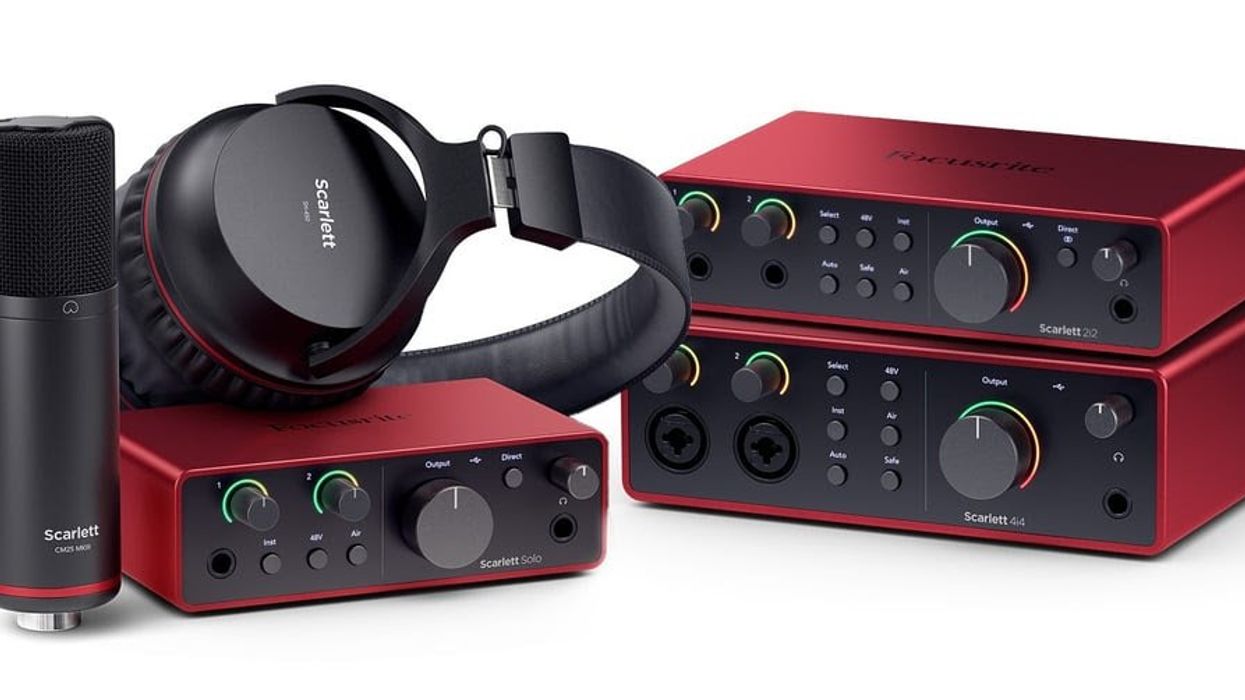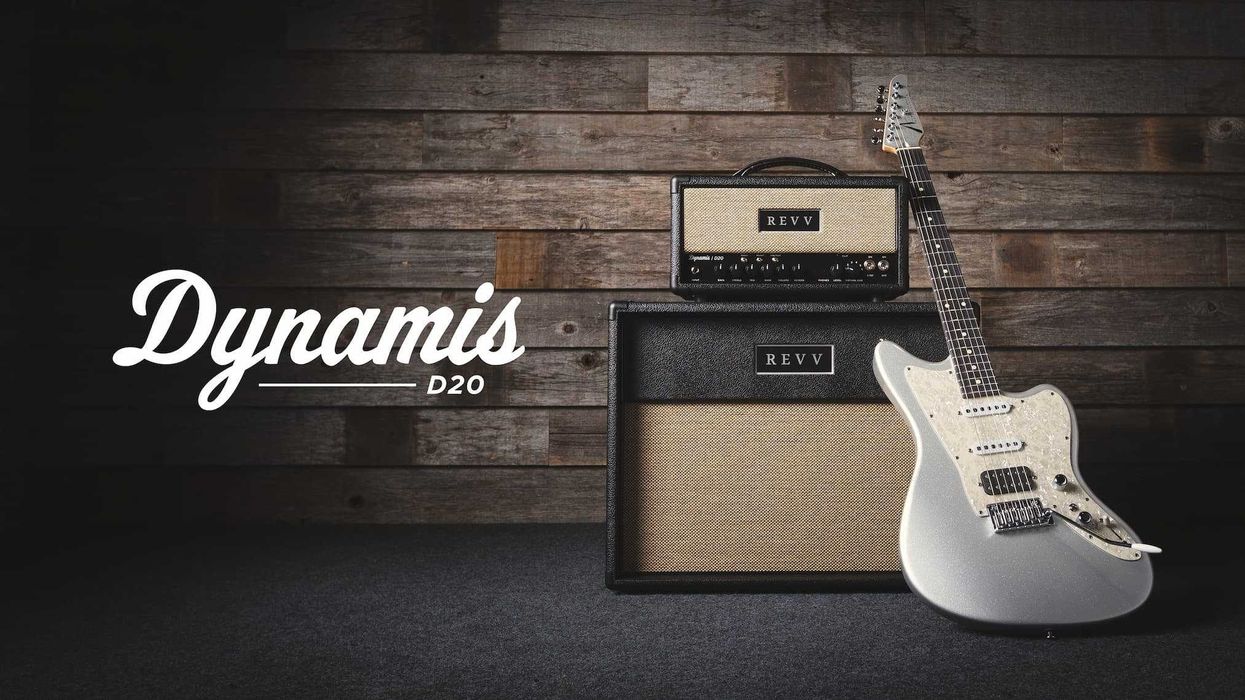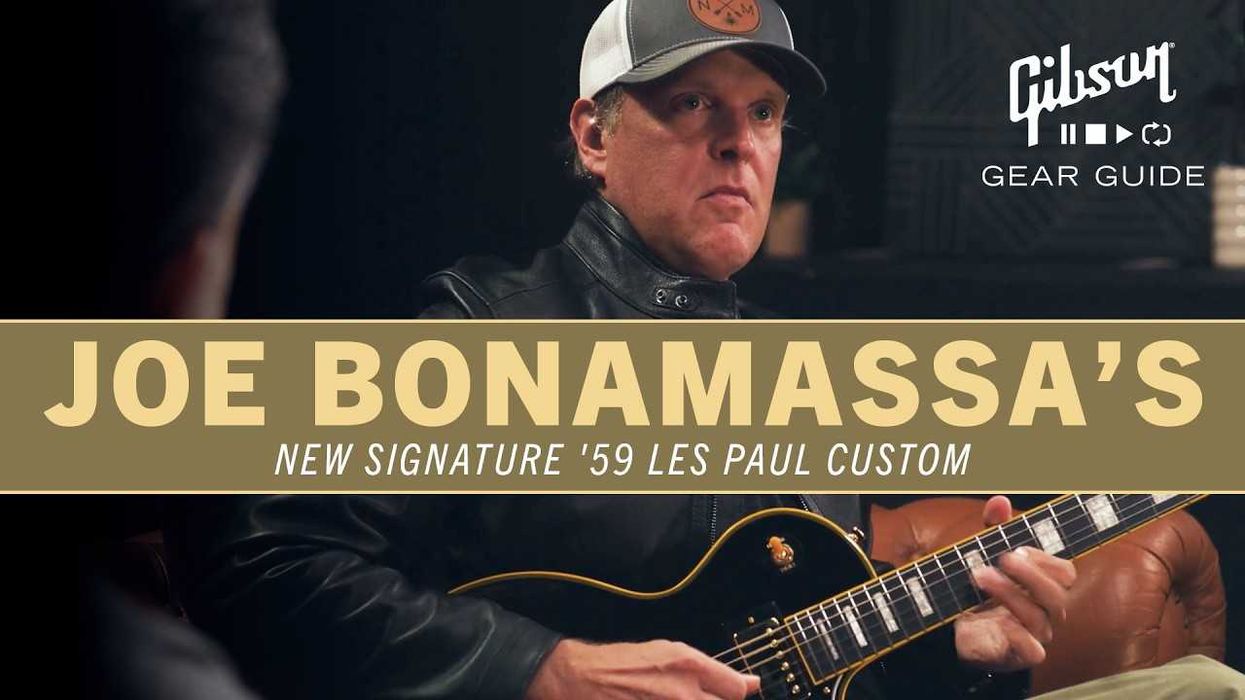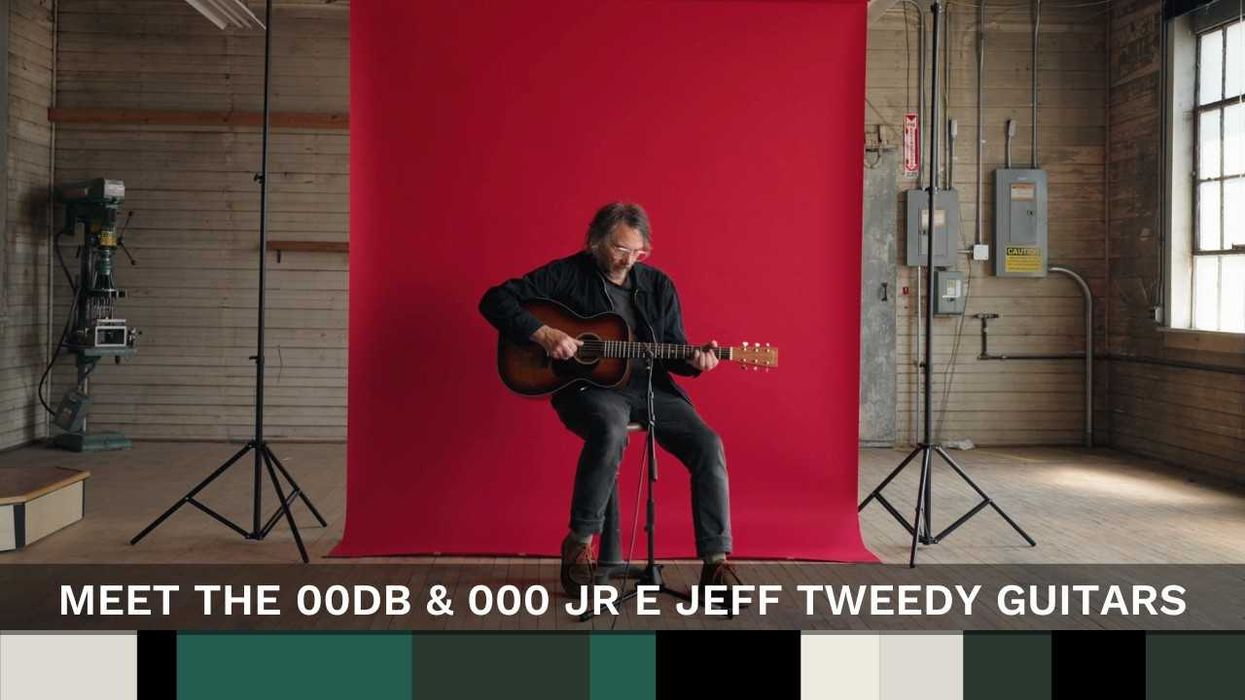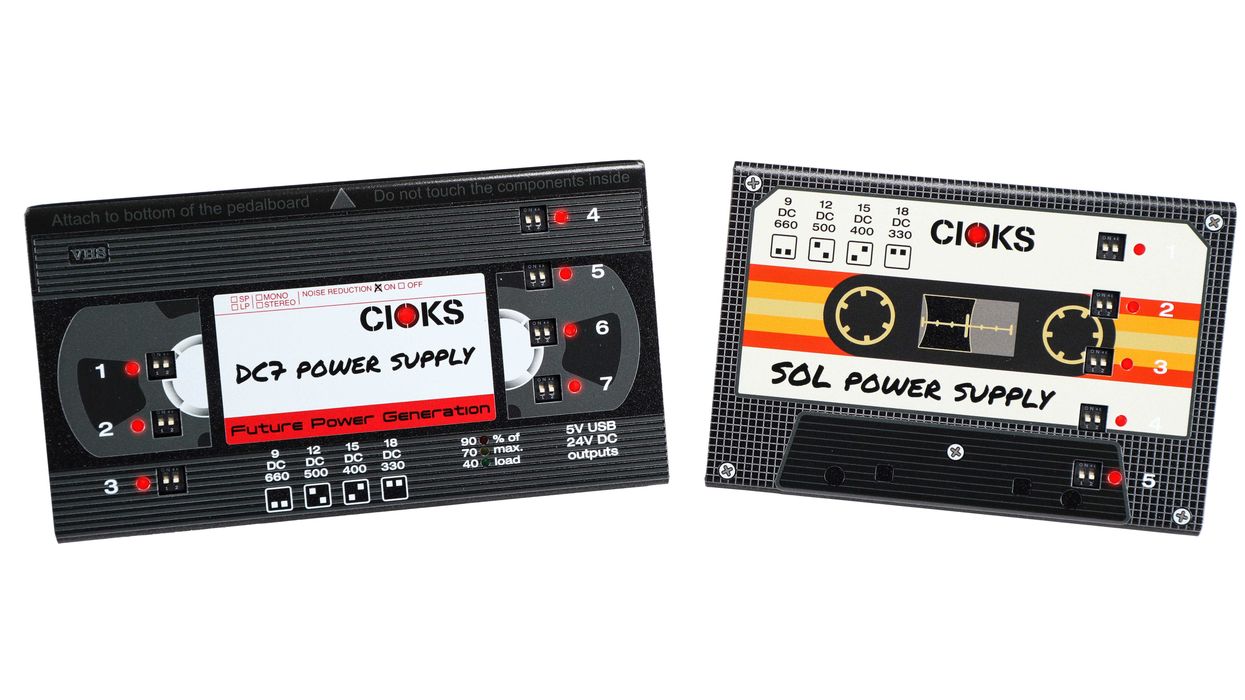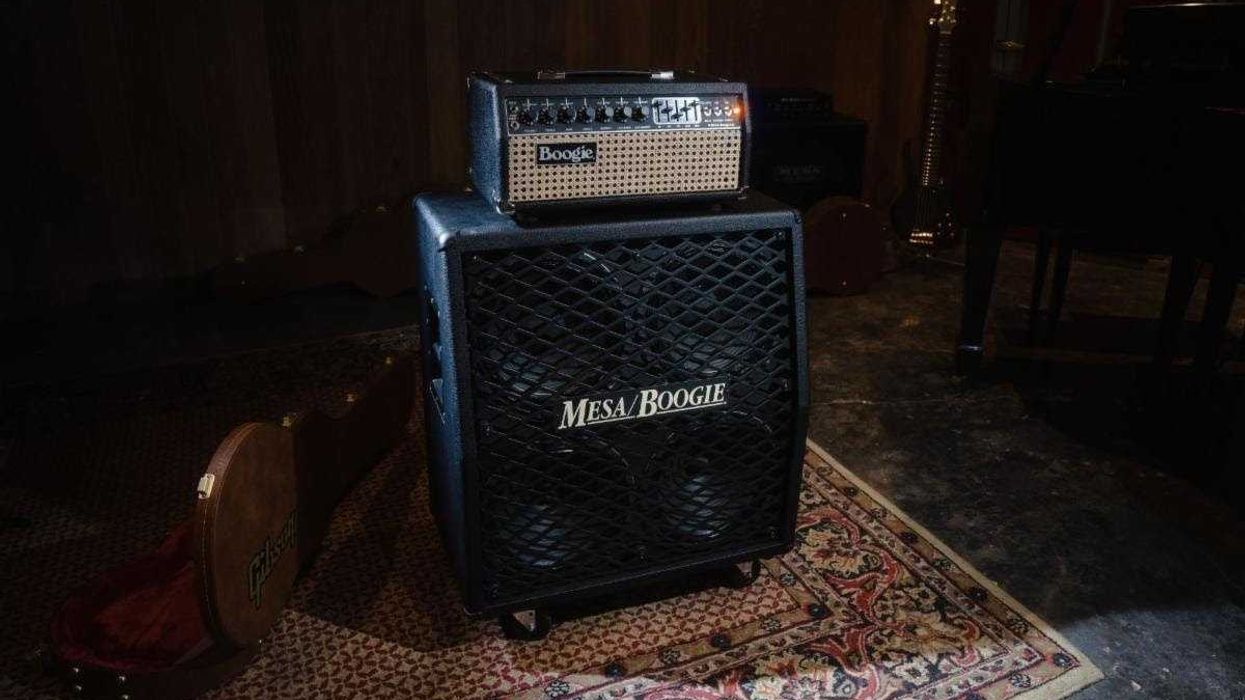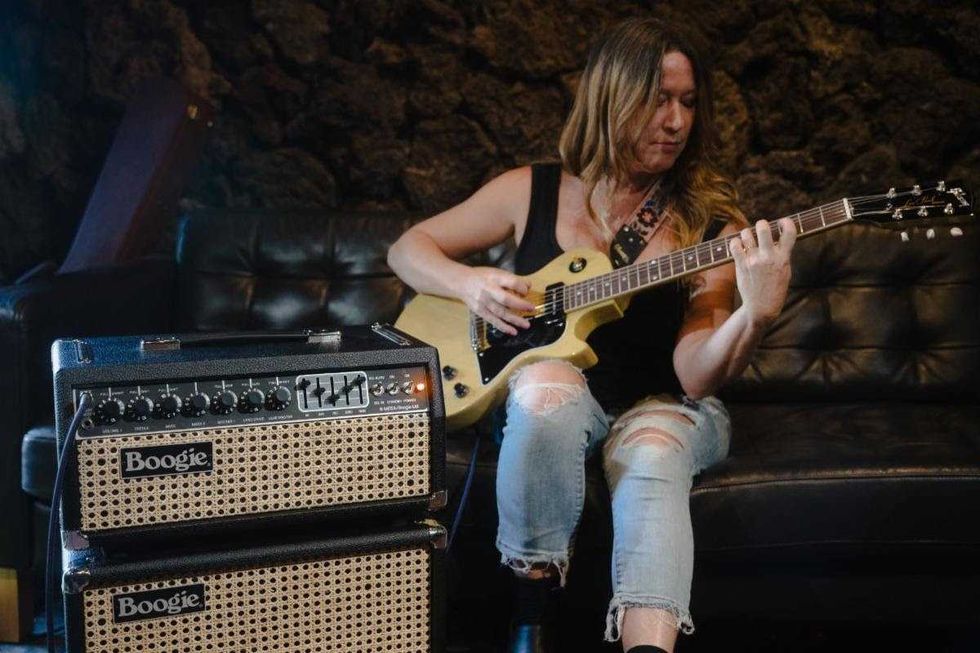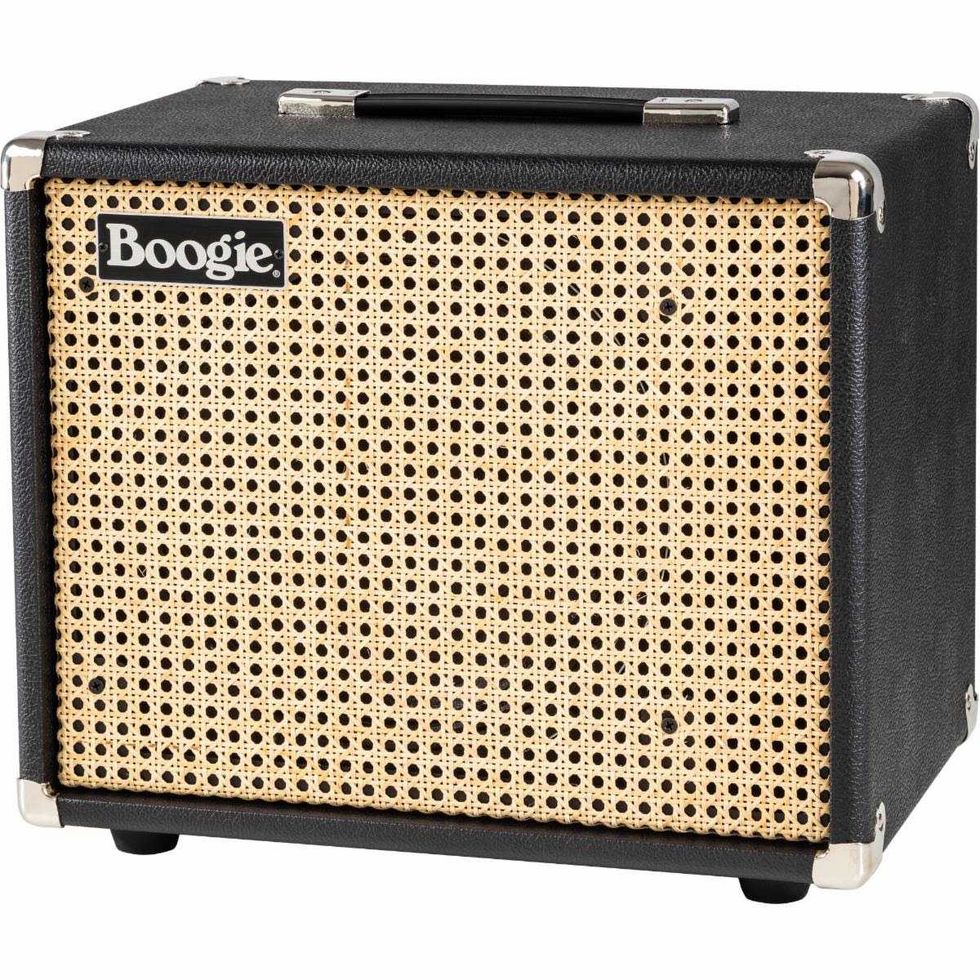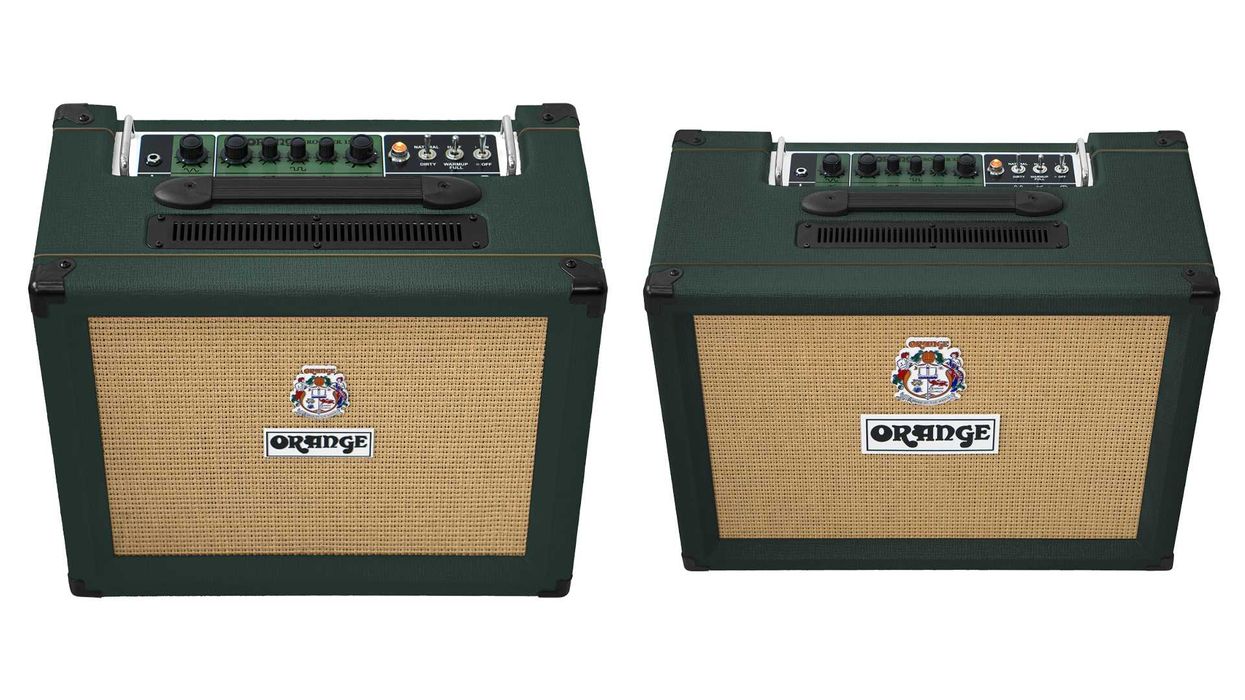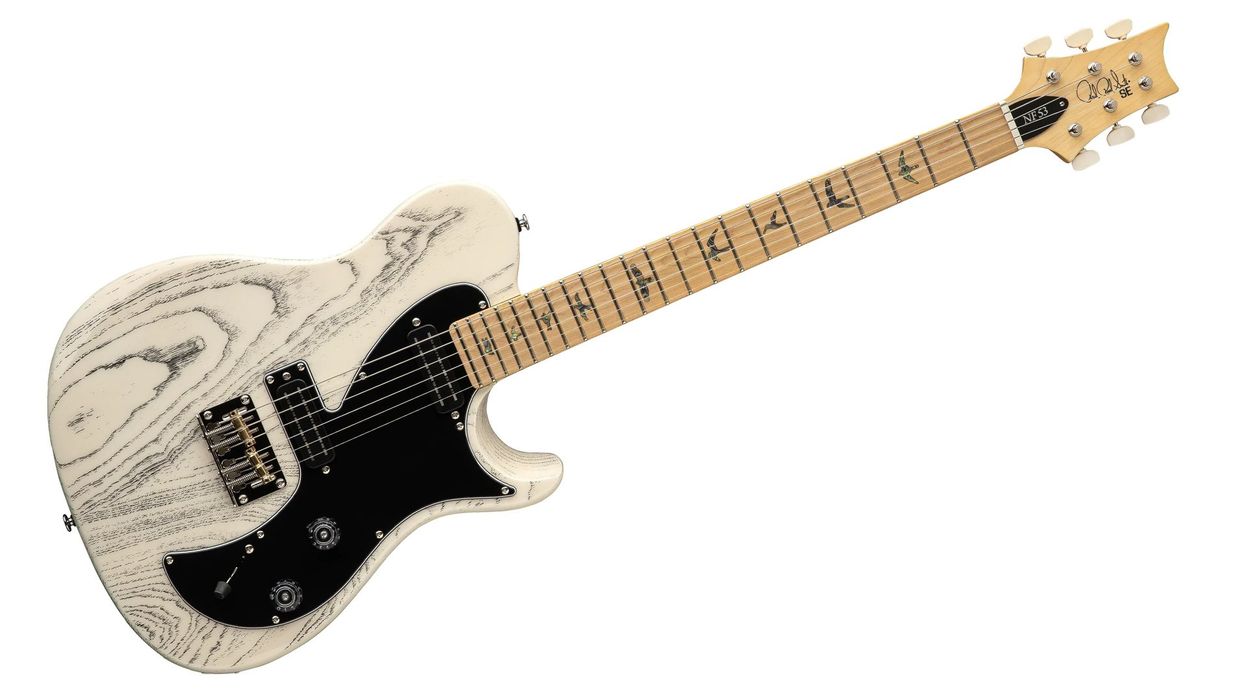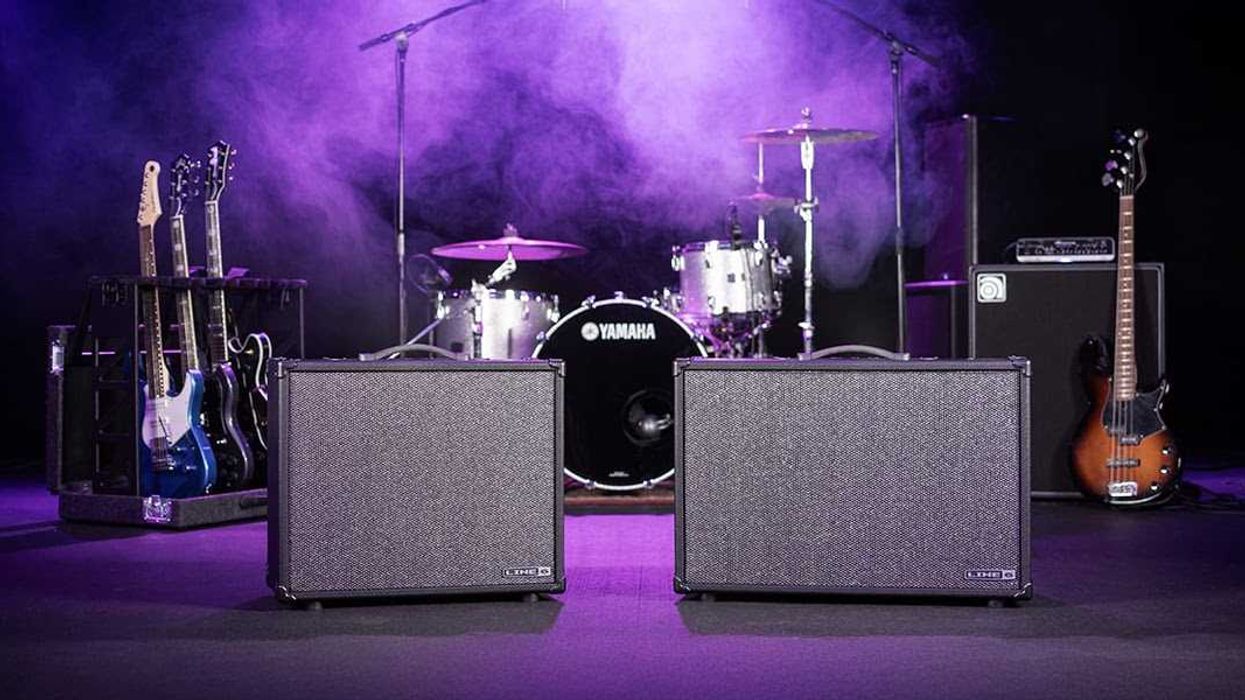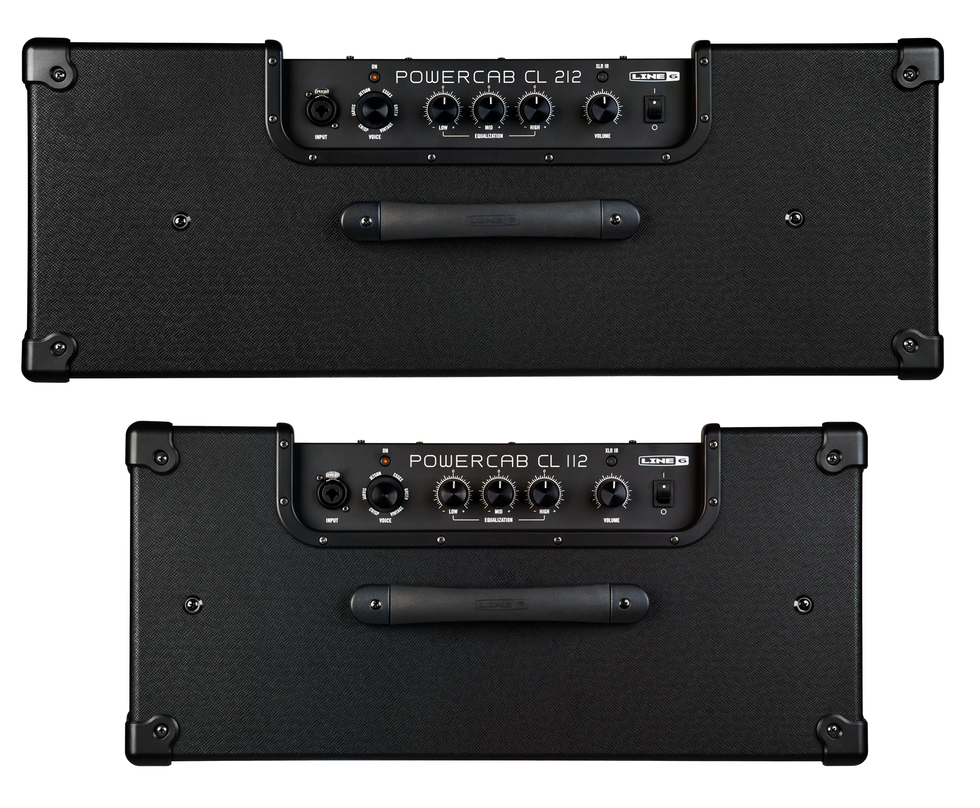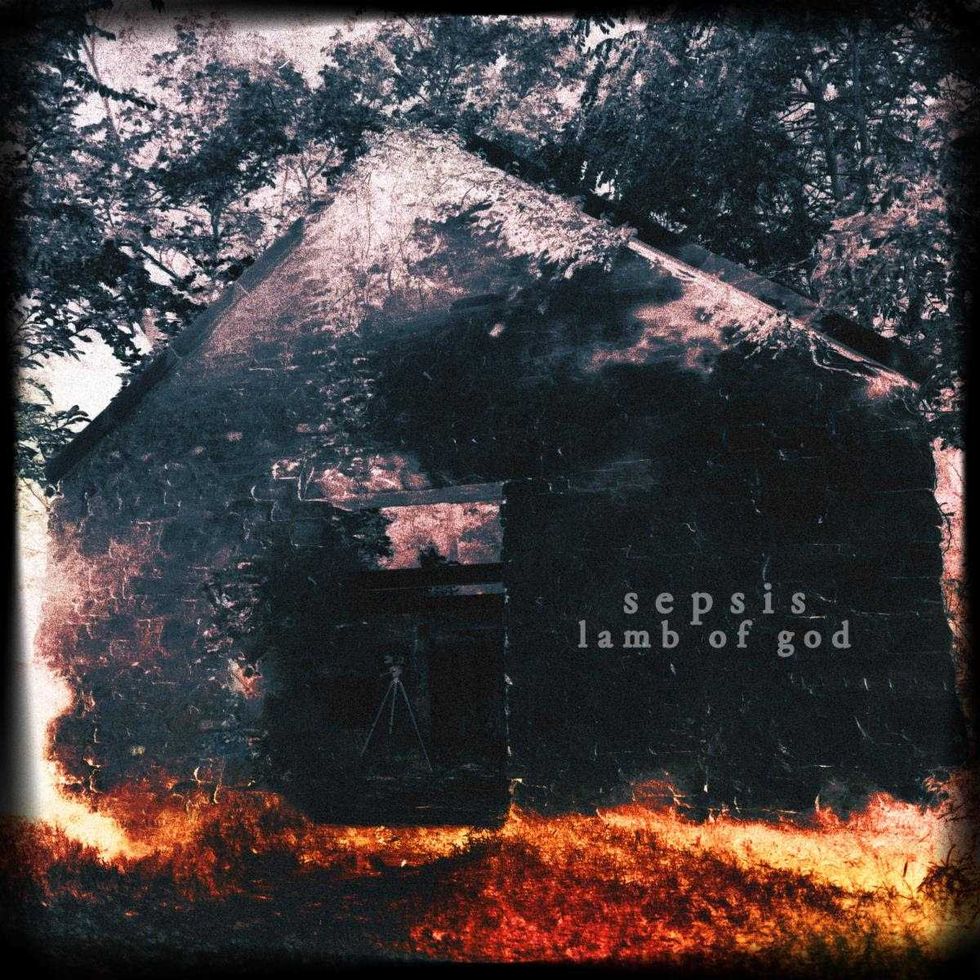Focusrite announces the launch of Scarlett 4th Gen. The new range features the Solo, 2i2, 4i4, Solo Studio, and 2i2 Studio, designed to offer greater audio specifications, enhanced creative capabilities, and unprecedented ease-of-use.
The new Scarlett range boasts better specs than any previous generation of Scarlett. Key features include Auto Gain, Clip Safe and a re-engineered Air mode, cementing its status as a giant leap for the acclaimed range.
Scarlett Solo

The Scarlett Solo is ideal for singer-songwriters. With one mic preamp, one Hi-Z instrument/line input and brand-new custom-designed headphone amp, Solo provides stunning audio quality in a compact design perfect for home studios and on-the-go recording. Solo also features the re-engineered Air mode with Presence, and all-new Harmonic Drive, to breathe life into vocals and acoustic instruments.
Scarlett 2i2

For the aspiring artist, the Scarlett 2i2 offers two remote-controlled mic preamps and two Hi-Z instrument/line inputs for guitars, keys and groove boxes. The iconic 2-in/2-out interface delivers professional studio quality in a portable package. With powerful new features like Clip Safe, Auto Gain and Air mode, the 2i2 empowers artists to make release-ready recordings anywhere.
Scarlett 4i4

For the multi-instrumentalist, the Scarlett 4i4 provides two remote-controlled mic preamps, switchable line or Hi-Z instrument inputs, two fixed line inputs, and four balanced outputs for the flexibility to record mics, guitars, synths and more. MIDI I/O makes it easy to bring in synths and grooveboxes to sync with recording sessions. The 4i4 brings professional studio quality within reach for home musicians who want to connect more of their gear at once. 4i4 also includes new features like Clip Safe, Auto Gain and the re-engineered Air mode.
The Scarlett Solo Studio and Scarlett 2i2 Studio packs provide an all-in-one solution for high-quality recording. Including either a Solo or 2i2 interface, CM25 MkIII studio condenser mic and closed-back SH-450 headphones, these bundles have everything needed to start recording studio-quality vocals and instruments right out of the box.
Scarlett Solo Studio
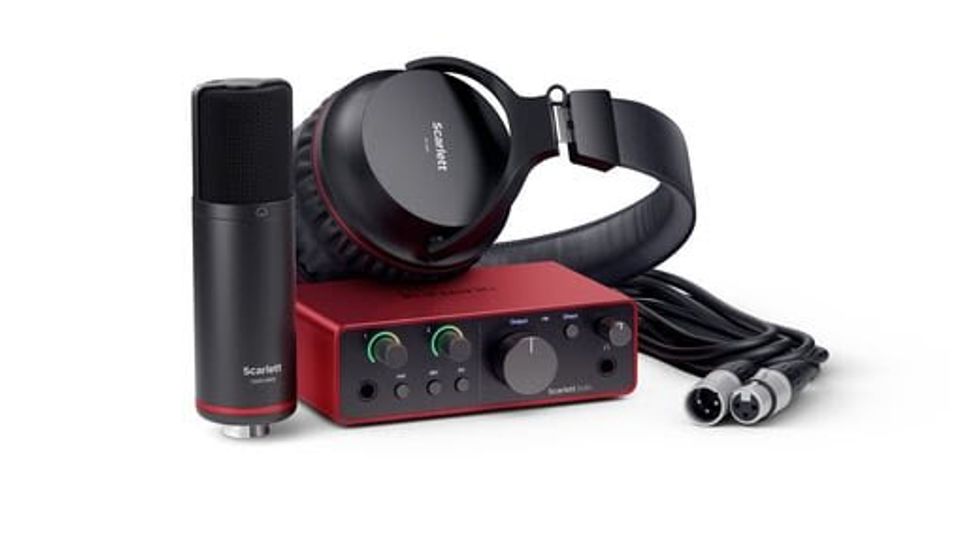
The Scarlett Solo Studio and Scarlett 2i2 Studio packs provide an all-in-one solution for high-quality recording.
Scarlett 2i2 Studio
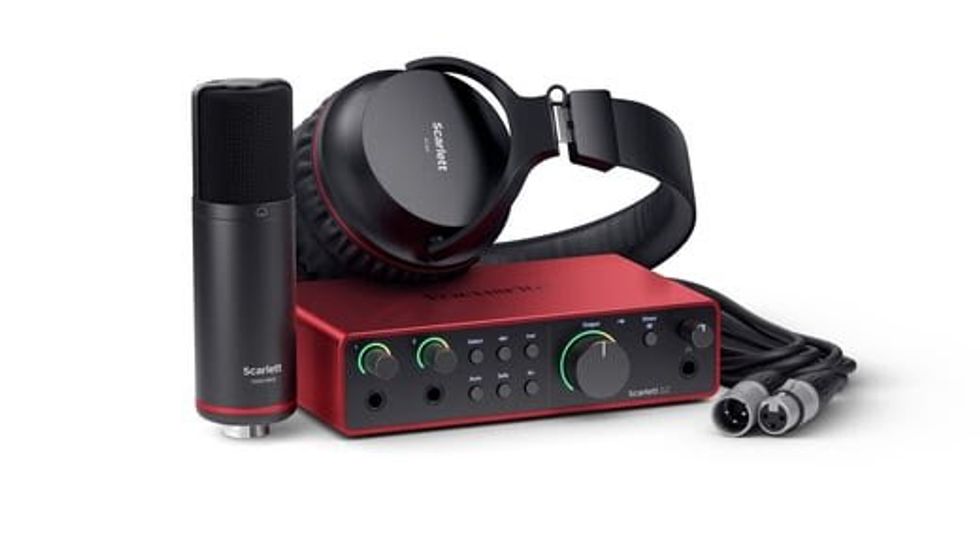
Including either a Solo or 2i2 interface, CM25 MkIII studio condenser mic and closed-back SH-450 headphones, these bundles have everything needed to start recording studio-quality vocals and instruments right out of the box.
Features
Focusrite has completely re-engineered the audio circuitry and introduced professional-grade converters for incredible performance. Scarlett 4th Gen uses converters from Focusrite's flagship RedNet range to deliver a massive 120dB dynamic range. 2i2 and 4i4 now feature remote-controlled preamps with 69dB of gain to get the best sound out of every mic. A custom-designed headphone amp drives high-impedance headphones louder and clearer than any previous Scarlett. In addition, all models now have independent controls for headphones and monitors.
With Auto Gain, users will never have to worry about setting levels again. Just play or sing for ten seconds, and Auto Gain will set the perfect level for recording. Clip Safe monitors levels up to 96,000 times per second and automatically adjusts the gain to prevent clipping, allowing users to fully immerse in performing and not have to worry about their levels. The re-engineered Air mode takes a sound's unique character and brings it to the front of the mix, for standout vocal or instrument tracks. Air mode includes the original all-analogue Presence mode, plus a new DSP-based Harmonic Drive mode for console-like richness.
The new design combines elegance, functionality and accessibility. Details include premium Neutrik connectors, spacious knob placement, and endless gain knobs on 2i2 and 4i4. Complemented by Scarlett's iconic red, the front panel showcases a sleek black finish and soft touch knobs.
The Dynamic Gain Halos make it easy to set and monitor levels. This update to the iconic Scarlett Gain Halos enables users to set the perfect level and get great results every time.
Loopback routes computer audio to DAWs with ease via Scarlett's virtual inputs. It can also mix Scarlett inputs and computer audio for sampling from other software, streaming and recording flexibility.
Focusrite's Easy Start tool quickly guides users through setup, so they're ready to record with the included Ableton Live Lite and three months of Pro Tools Artist recording software. To help users get the best results for recording, mixing and mastering, the Hitmaker Expansion software bundle provides a complete suite of iconic studio plugins from some of the industry's biggest names, including Softube, Native Instruments, Antares, and many more. Also included are five free masters from Landr that can be used at any time, plus a two-month subscription to Landr Studio, offering and unlimited music distribution on streaming platforms such as Spotify, Apple Music, YouTube Music and TikTok.
Focusrite Control 2 is also provided and enables remote control setup and mixing from a PC or Mac.
Pricing
USD ex. tax
- Solo - $139.99
- 2i2 - $199.99
- 4i4 - $279.99
- Solo Studio - $249.99
- 2i2 Studio - $299.99
Available now at focusrite.com and authorised dealers globally.
